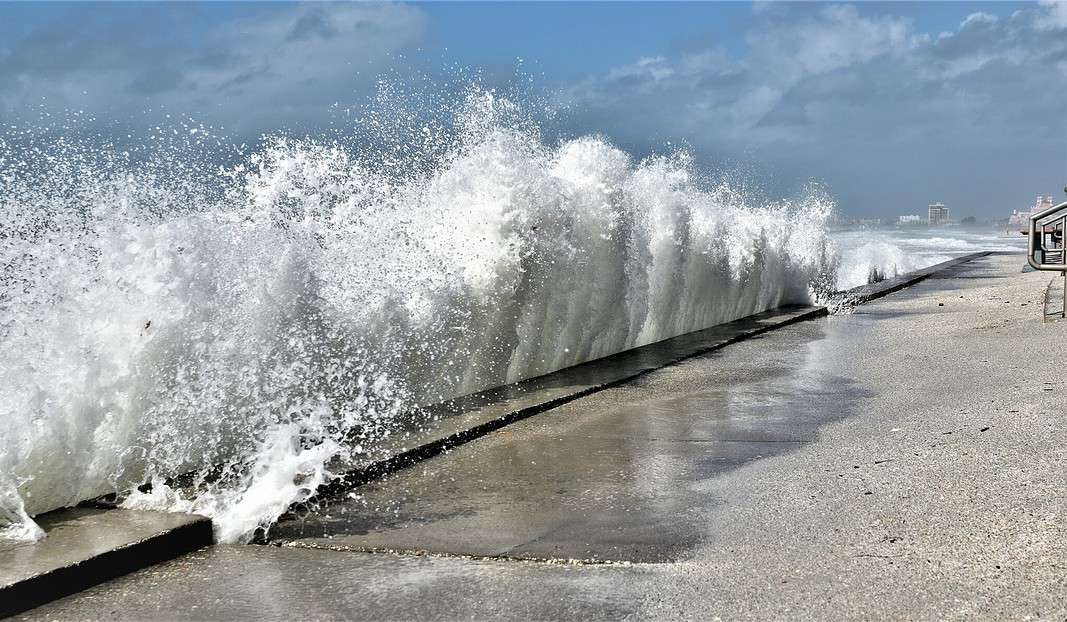Sea levels along the US coastline will rise an average of 10-12 inches (0.25-0.30 meters) by 2050, “which will be as much as the rise measured over the last 100 years (1920 – 2020),” a new report issued this week by the US National Oceanic and Atmospheric Administration warns.
The report notes that “sea level rise will vary regionally along U.S. coasts because of changes in both land and ocean height.”
Additionally, sea level rise will likely increase coastal flooding, the report warns:
“By 2050, ‘moderate’ (typically damaging) flooding is expected to occur, on average, more than 10 times as often as it does today, and can be intensified by local factors.”
Further, “current and future emissions matter,” the report states, adding:
“About 2 feet (0.6 meters) of sea level rise along the U.S. coastline is increasingly likely between 2020 and 2100 because of emissions to date. Failing to curb future emissions could cause an additional 1.5 – 5 feet (0.5 – 1.5 meters) of rise for a total of 3.5 – 7 feet (1.1 – 2.1 meters) by the end of this century.”
That forecasted sea level rise will require “continual tracking,” according to NOAA:
“Continuously tracking how and why sea level is changing is an important part of informing plans for adaptation. Our ability to monitor and understand the individual factors that contribute to sea level rise allows us to track sea level changes in a way that has never before been possible (e.g., using satellites to track global ocean levels and ice sheet thickness). Ongoing and expanded monitoring will be critical as sea levels continue to rise.”
Check out the full report here.

